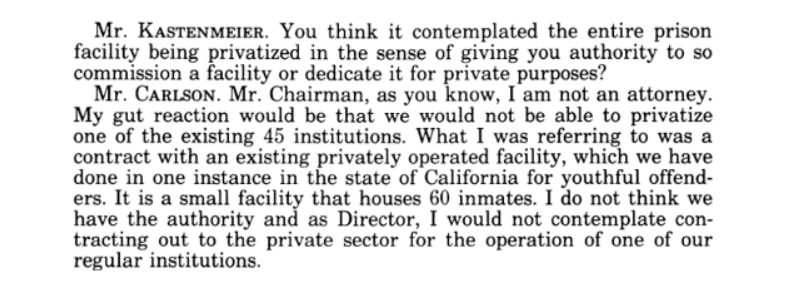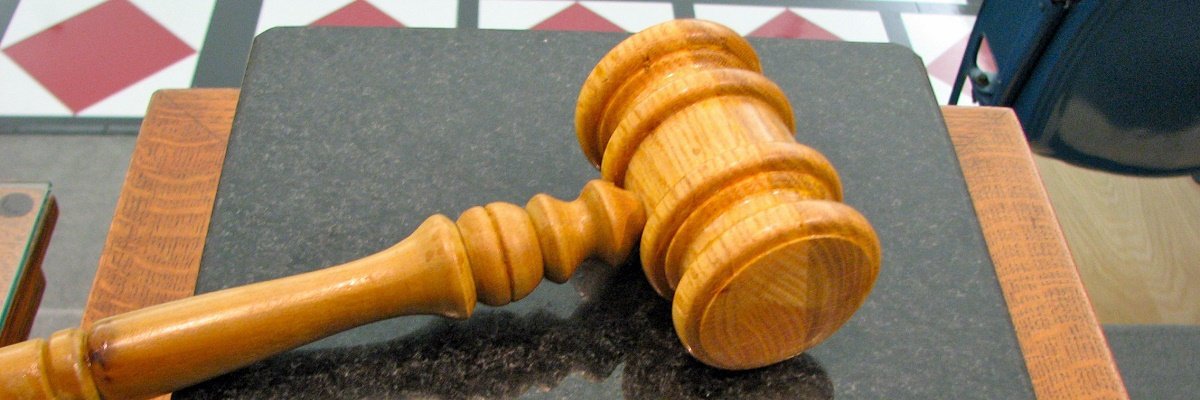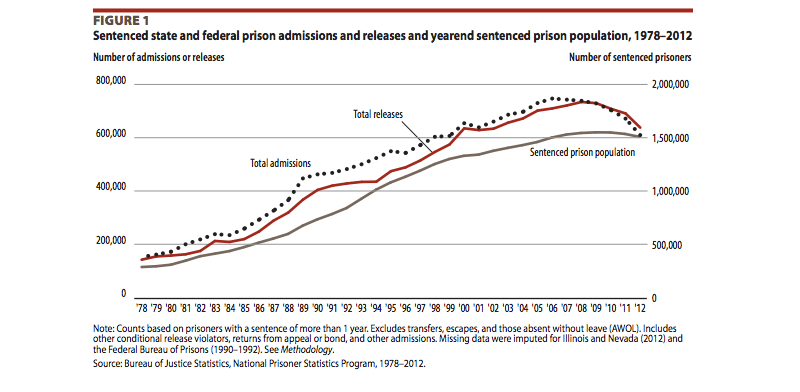In the beginning, private prisons seemed almost natural.
A private prison is one run, and typically owned, by the private sector - ideally, for the operator, at a profit. By the time the idea was under consideration by the United States Department of Justice, correctional bits and pieces were already being run privately.
As privatized prison management was budding in the early 1980s, private halfway house and treatment centers were common; 49 states, and the Bureau of Prisons itself, contracted for juvenile centers. Private probation operations had repeatedly stood up in court. And two federal agencies - Immigration and Naturalization Services (INS) and the U.S. Marshals (USMS) - already contracted with private entities to run immigration detention centers.
Further, the 1988 Report of the President’s Commission on Privatization strongly suggested a foray into privatized prisons and background on the authorization of the Bureau of Prisons to go ahead with the idea.
To this day, America’s correctional system relies on a privatized distribution network that has metastasized to every available detention service.
So, for some, wholecloth privatization of a prison seemed like a reasonable, even necessary, progression.
But amidst the practical conversation of rising prison populations, facility shortages, and cost savings crept another issue that rarely rears its head in serious talks with serious men about economic government administration: propriety.
The Director of the Bureau of Prisons Norman Carlson had reservations in 1985, when the idea was being broached.
However, he suggested that if they wanted to, they could.
Also knotted up with concerns of government responsibility was the issue of profit motive, a key point for both sides of the prison privatization coin. On one side, the innovating incentive of private enterprise; on the other, the multiple opportunities for money’s moral erosion.
Add to that the problem of condoning a centralized business machine to grow in the decentralized public prison environment, and suspicions were high. Suspicions, proponents suggested, that would be assuaged by oversight and results.
For one, the American Bar Association, though not a federal agency, suggested that rather than some private sector solution, one might consider some stronger federal oversight of incarceration procedures nationwide.

For private prisons to have a future, as a solution or an investment for both politicians and financiers, it was important to have a defense against whatever criticism. It was important that they be legal.
Years later, prison privatization and its legality are up for debate again. The leading Democratic candidates have come out against them, in part because their fanbase finds the thought a bit distasteful. The Senate, one-half of America’s law-making apparatus, is considering legislation that could ban them, which, at this point, could easily fail.
This has been the case for a while. Today’s overcrowding crisis is no new phenomenon. In the early nineties, over half of the U.S. states’ systems were on court order to reduce prison populations that were unconstitutional under the Eighth Amendment, cruel and unusual punishment. We’re on the continuation of a steadily rising population fueled by sentencing changes and impervious to disjointed attempts at incarcerated education and work-based rehabilitation.
At least nine states had passed legislation authorizing private prisons by 1991, the year that the United States Congress’s investigative division, the Government Accountability Office (GAO) issued a report expressing extreme caution. Tasked as the head auditing honcho of the federal government, the GAO is the internal gauge on bad government ideas, and in this case, it thought that the Bureau of Prisons had no authority to pass off its incarceration responsibilities. If Congress gave it to them, it should be on a trial basis.

But the Bureau of Prisons couldn’t stop running out of room. So they saw if their authorizing statute left room for them to get private prisons anyway.

In 1992, the decision went to the Attorney General. And today the BOP has 14 privately-operated facilities.
Private prisons seemed an almost natural progression in the beginning. Private prisons were theoretically a stopgap measure for while the United States figured out how to handle its crisis, but they had long-term potential, if the private sector in fact was able to deliver on its lauded 1980s promises: correctional innovation through competition at lower costs than the government could manage.
So under an opinion request from the Director, the AG decided the BOP could legally contract with private sector prison contractors. The decision came in April. By December, Quinlan retired, taking years of internal BOP experience with him.
Read part two here
Image by Bill Bradford via Flickr and is licensed under CC BY-SA 2.0









